Introduction
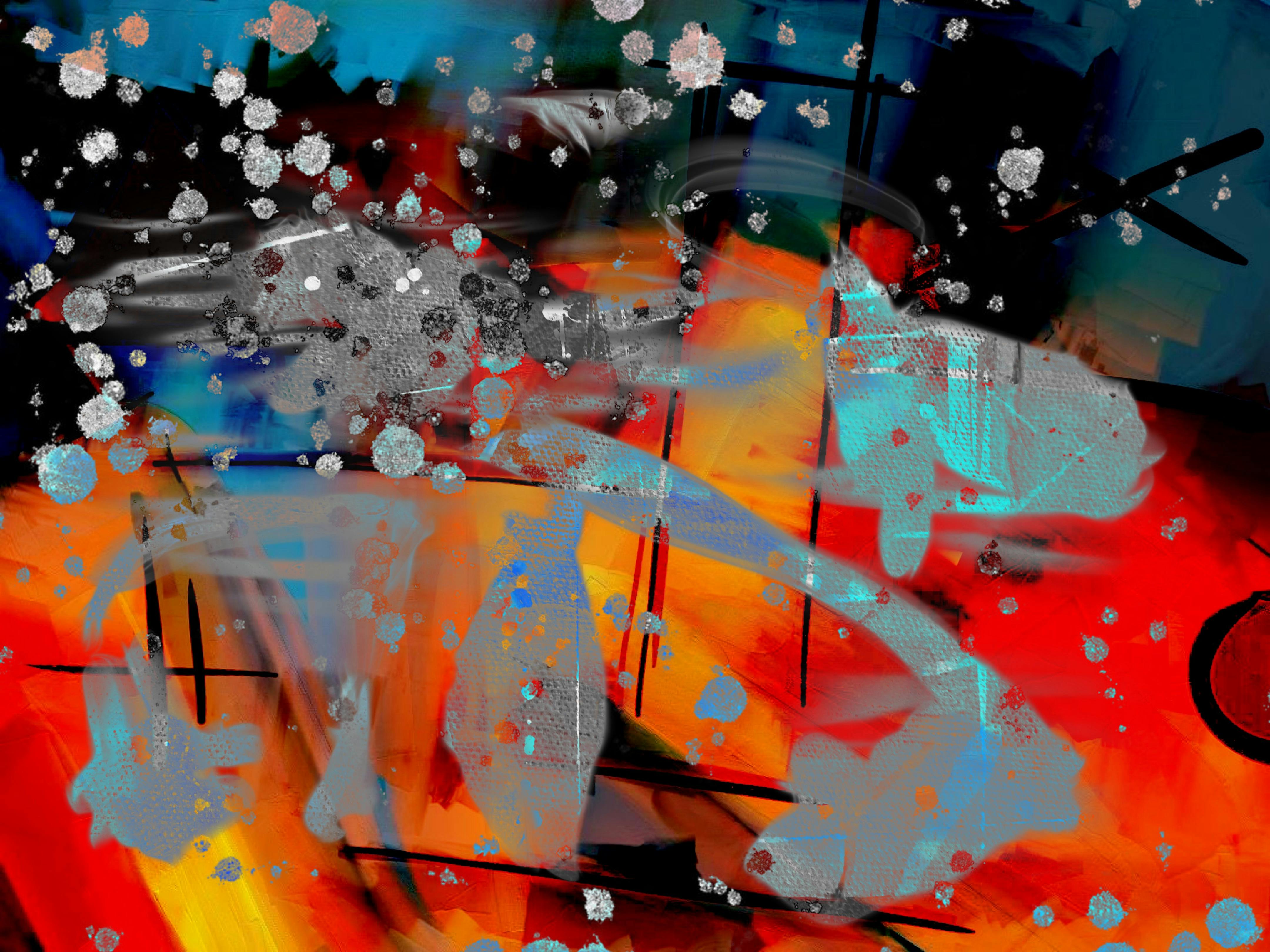
Bird baths are not only functional but also beautiful additions to any garden or outdoor space. If your concrete bird bath is starting to look dull or weathered, painting it can be a simple and rewarding DIY project that breathes new life into your outdoor decor. In this article, we will guide you through the process of effectively painting a concrete bird bath.
Project Overview
Transform your plain or worn-out bird bath into a vibrant and eye-catching centerpiece for your garden. By painting the bird bath, you can enhance its appearance and protect it from weather damage, ensuring its longevity.
Necessary Supplies and Materials

Before you begin, gather the following supplies:
- Concrete cleaner or mild detergent
- Scrub brush or sponge
- Water hose or bucket
- Sandpaper or sanding block
- Primer suitable for concrete surfaces
- High-quality acrylic or epoxy-based paint
- Paintbrushes or rollers
- Protective gloves and goggles
- Drop cloths or plastic sheets
- Masking tape or painter’s tape
- Optional: Decorative stencils or designs, sealer for added protection.
Now that you have an overview of the project and the necessary supplies, let’s dive into the preparation phase, where we’ll guide you through cleaning the bird bath and applying the primer.
Preparation
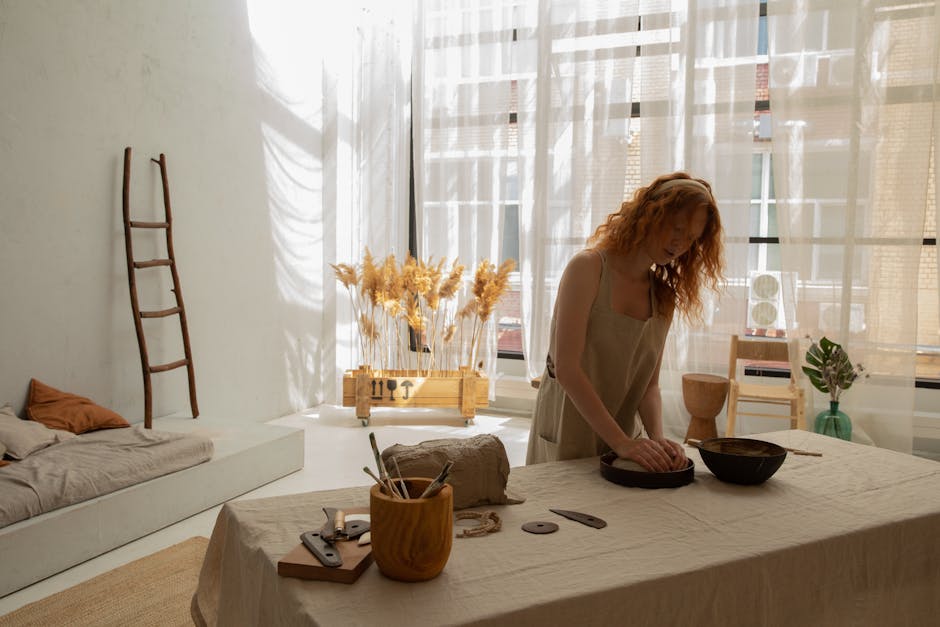
Preparing the bird bath before painting is crucial for a successful and long-lasting finish. This section covers two important steps: cleaning the bird bath and applying primer.
Cleaning the Bird Bath
Thoroughly clean the bird bath to remove dirt, debris, or stains that may interfere with paint adhesion. Follow these steps:
-
Remove loose dirt, leaves, or debris using a stiff brush or broom. Gently scrub the surface to dislodge stubborn particles.
-
Wash the bird bath thoroughly with water, ensuring the entire surface is rinsed to eliminate dirt or grime.
-
For stubborn stains or algae growth, use a mild detergent or bleach solution. Apply the solution to affected areas and scrub gently with a brush. Rinse the bird bath thoroughly to remove any residue.
-
Allow the bird bath to dry completely. Air drying is ideal, but you can also use a clean cloth or towel to speed up the process.
Applying Primer
Applying primer enhances paint adhesion and improves the durability of the final finish. Follow these guidelines:
-
Choose a primer specifically designed for concrete surfaces, suitable for outdoor use. Find suitable primers at your local home improvement store or paint supply shop.
-
Ensure the bird bath is clean and completely dry before applying the primer.
-
Apply an even coat of primer to the entire surface using a brush or roller. Pay attention to intricate details or crevices for thorough coverage. Work in small sections, starting from the top and working down.
-
Allow the primer to dry according to the manufacturer’s instructions. Ensure it is completely dry before proceeding.
-
Inspect the surface for any missed spots or areas with uneven coverage. Apply a second coat if necessary to achieve a smooth and uniform base for the paint.
By cleaning the bird bath and applying a suitable primer, you have prepared the surface for the painting process. The next section will guide you through the steps of painting the bird bath, including choosing the paint, applying it, and adding decorative elements.
Painting the Bird Bath

Unleash your creativity and give your bird bath a fresh and vibrant look. This section will guide you through choosing and mixing the paint, applying it to the bird bath, and adding decorative elements to make it truly unique.
Choosing and Mixing the Paint
Select the right paint for your bird bath to ensure its longevity and withstand outdoor conditions. Opt for a paint specifically designed for outdoor use, such as acrylic or epoxy paint. These types offer durability and weather resistance, suitable for prolonged exposure to sunlight, rain, and temperature changes.
Consider the color scheme that complements your garden or outdoor space, enhancing its aesthetic appeal. Ensure the paint you select adheres well to concrete surfaces.
Thoroughly mix the paint to achieve a consistent color and texture for an even application.
Applying the Paint
Properly prepare the bird bath surface and apply the paint with care to achieve a flawless finish.
-
Prepare the bird bath: Clean the bird bath thoroughly to remove dirt, debris, or existing paint. Use a mild detergent and water, along with a brush or sponge, to gently scrub the surface. Rinse and allow it to dry completely.
-
Protect the surroundings: Safeguard the surrounding area with drop cloths or newspaper to prevent accidental paint splatters.
-
Choose the application method: Use a high-quality brush, roller, or spray paint based on your preference and the bird bath’s size.
-
Apply thin coats: Start from the top and work your way down. Apply thin coats of paint for proper coverage and to prevent drips. Multiple thin coats are recommended for better adhesion and a smoother finish.
-
Allow drying between coats: Follow the paint manufacturer’s instructions for drying times. Exercise patience and allow each coat to dry completely before applying additional coats.
Adding Decorative Elements
Make your bird bath stand out with decorative elements that reflect your personal style and enhance its visual appeal. Here are a few ideas:
-
Stencils and patterns: Use stencils or templates to create intricate designs. Find a variety of options at craft stores or create your own for a custom look.
-
Hand-painted accents: Add artistic details, such as flowers, birds, or geometric shapes, using small brushes and acrylic paints.
-
Mosaic tiles: Embellish the rim or base with colorful mosaic tiles arranged in patterns or randomly placed for a stunning effect.
-
Glass beads or marbles: Embed glass beads or marbles into the wet paint for an eye-catching and textured appearance.
Let your imagination guide you as you personalize your bird bath and make it a unique focal point in your outdoor space.
Sealing
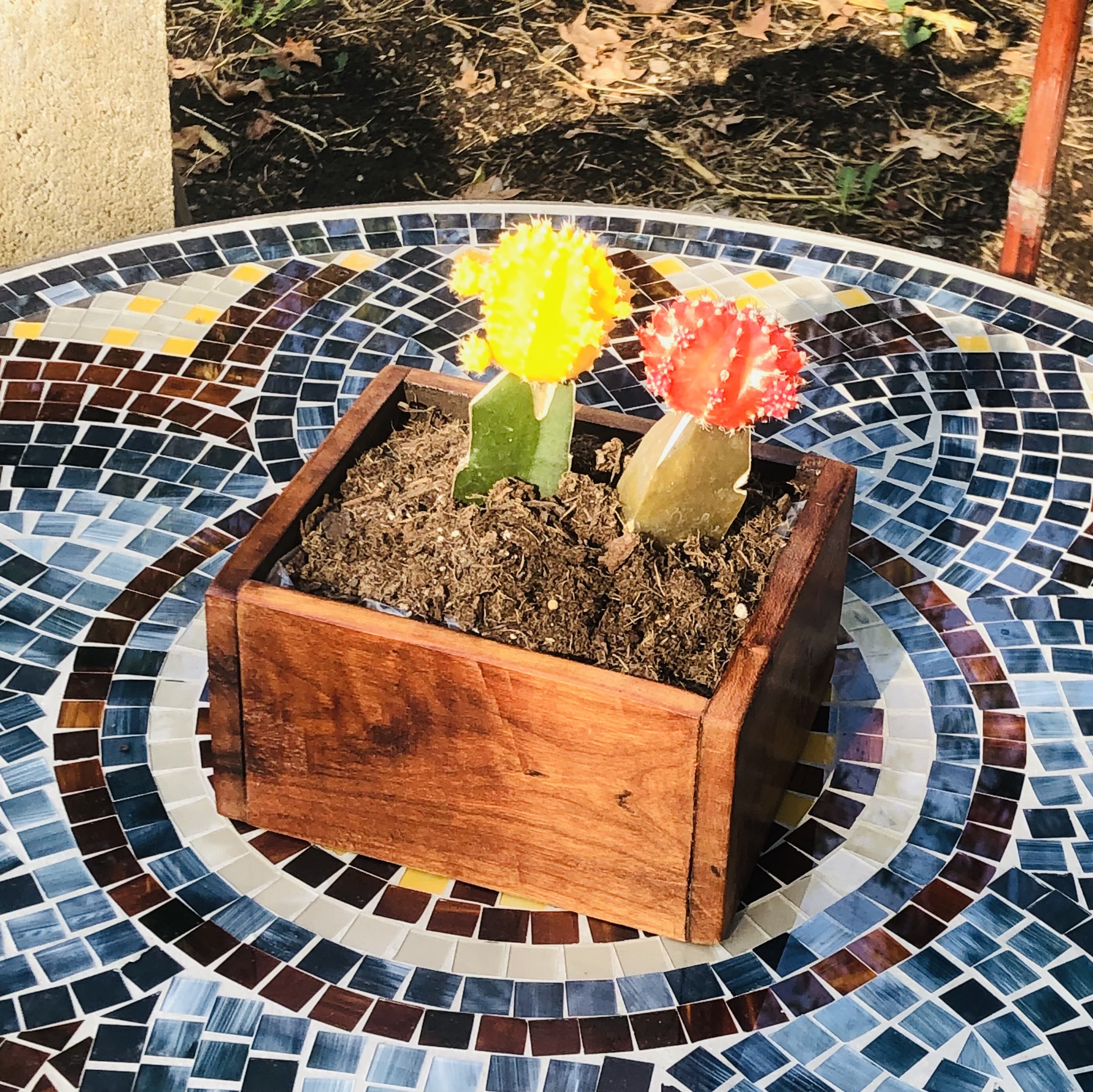
Applying a concrete sealer is a crucial step in painting a bird bath. This section will guide you through the application process and necessary precautions for a successful outcome.
Applying Concrete Sealer
Before applying the sealer, choose a product designed specifically for concrete surfaces. Look for a sealer suitable for outdoor use that offers protection against water and UV rays. Follow these steps for applying the sealer:
-
Clean the bird bath: Thoroughly clean the entire surface, including the base, bowl, and decorative elements. Use a stiff brush or pressure washer to remove dirt, debris, and loose paint. A clean surface ensures proper adhesion.
-
Follow manufacturer’s instructions: Read and follow the instructions provided by the sealer manufacturer. Some sealers may require dilution with water, while others can be applied directly. Adhering to the manufacturer’s guidelines ensures the best results.
-
Apply the sealer: Use a paintbrush or roller to apply an even coat of sealer to the entire surface. Pay special attention to areas that come into direct contact with water, such as the bowl. Apply an additional layer of sealer to these vulnerable spots.
-
Avoid excess sealer: Be cautious not to apply the sealer too thickly or allow it to pool in certain areas. This can result in an uneven finish or prolonged drying time. Apply the sealer evenly for a smooth and consistent coating.
Letting the Sealer Dry
![]()
Proper drying is essential for a durable and long-lasting finish. Follow these guidelines to allow the sealer to dry effectively:
-
Refer to manufacturer’s instructions: Consult the manufacturer’s instructions for the recommended drying time. This can vary depending on the type of sealer and environmental conditions. Typically, drying takes a few hours to a couple of days.
-
Protect the bird bath: While the sealer is drying, cover the bird bath with a cloth or plastic sheeting to prevent dust, debris, or accidental damage from settling on the surface.
-
Avoid water contact: During the drying period, avoid exposing the bird bath to water or moisture. Water contact can interfere with the sealer’s curing process and compromise the final outcome.
-
Patience is key: Allow sufficient time for the sealer to dry completely before proceeding. Rushing this stage may result in an inadequate finish and compromise the overall durability of the painted bird bath.
By following these steps and being patient during the drying process, the sealer will form a protective barrier on the bird bath’s surface, safeguarding it against water damage, staining, and deterioration.
Finishing Touches
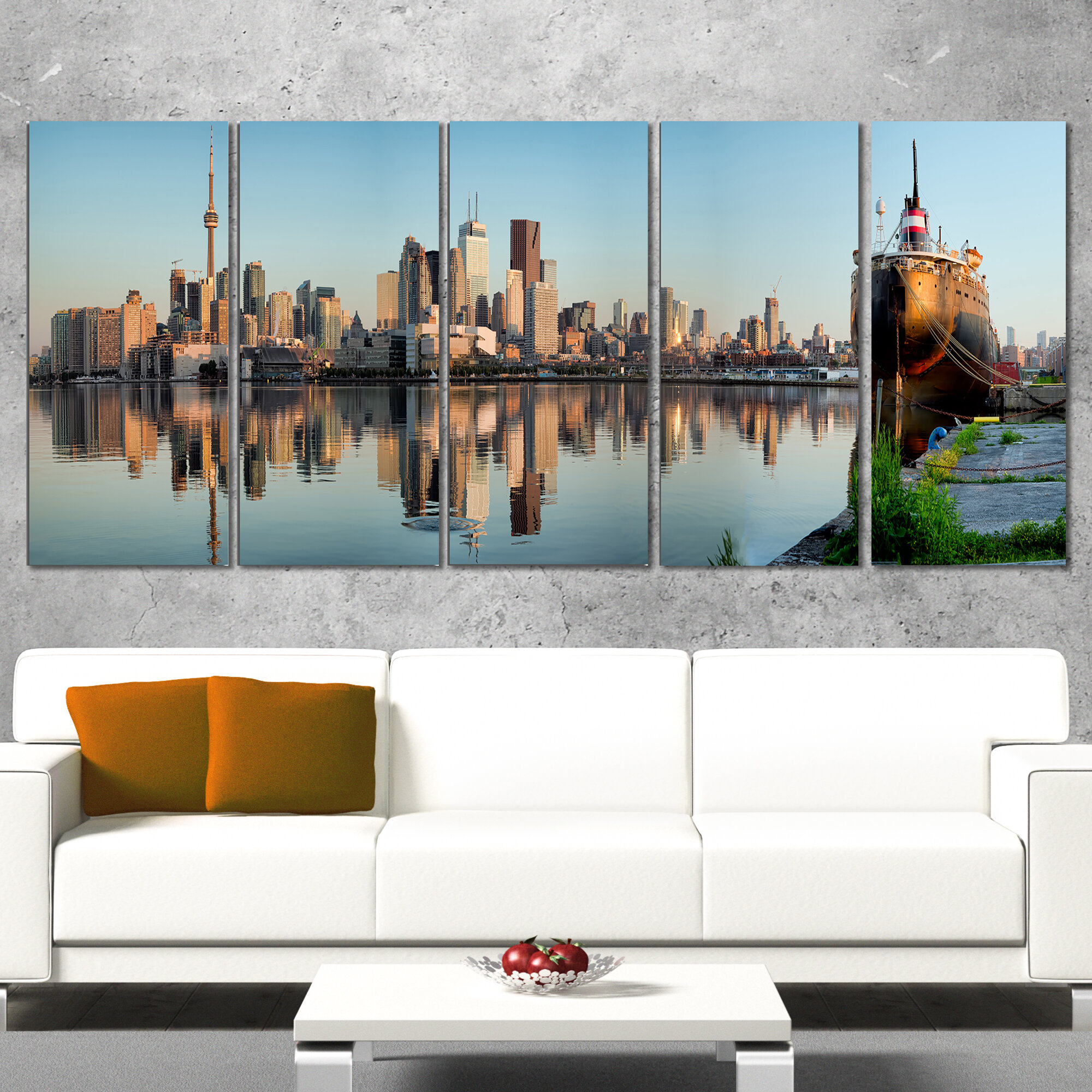
Adding a Personal Touch
To make your painted concrete bird bath stand out, consider adding personal touches and decorative elements. Here are several options to give your bird bath a unique and personalized look:
Using Stencils or Templates
Add intricate patterns or designs using stencils or templates. Craft stores offer a variety of designs, or you can create your own. Position the stencil on the bird bath’s surface and apply paint or decorative materials using a sponge or brush. This method ensures consistent and professional-looking patterns.
Incorporating Mosaic Tiles or Glass Pieces
Create stunning designs by incorporating mosaic tiles or glass pieces onto the bird bath’s surface. Adhere the tiles or glass pieces using a suitable adhesive, then apply grout to fill the gaps. This technique adds color, texture, and visual interest, making the bird bath a beautiful focal point in your garden.
Hand-painted Designs or Motifs
For a truly one-of-a-kind bird bath, consider hand-painting intricate designs or motifs directly onto the surface. Use fine brushes and specialized outdoor paints for durability. Express your creativity with delicate florals, whimsical creatures, or geometric patterns.
Letting the Paint Dry
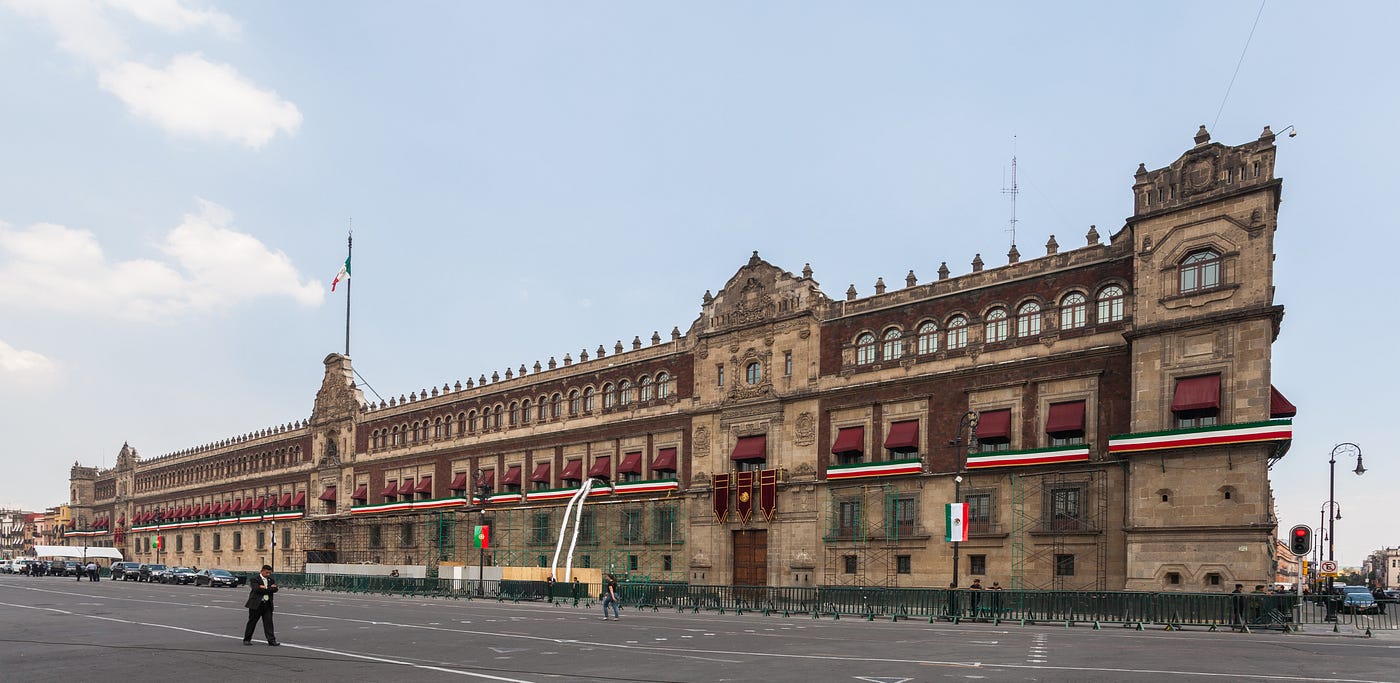
After applying the final coat of paint, allow it to dry completely before moving or using the bird bath. Proper drying ensures a durable and long-lasting finish. Follow these guidelines during this critical stage:
Recommended Drying Time
Consult the paint can or manufacturer’s instructions for the recommended drying time. Typically, it takes a few hours to a couple of days for the paint to dry thoroughly. Factors such as temperature and humidity can influence drying times, so be patient and allow sufficient time for proper curing.
Optimal Drying Conditions
Place the bird bath in a well-ventilated area while it dries. Avoid direct sunlight or extreme weather conditions that could hinder the drying process or cause the paint to fade or peel. Choose a shaded spot that provides ample airflow.
Patience and Care
During the drying period, avoid touching or moving the bird bath. Interfering with the drying process can lead to smudges, smears, or imperfections in the paint. Remember, a little extra time spent waiting will yield better results in the end.
By adding your personal touch and allowing the paint to dry thoroughly, you’ll transform your ordinary bird bath into a unique and visually appealing garden feature. These finishing touches enhance the overall aesthetic and showcase your creativity, providing a welcoming oasis for feathered friends.
Conclusion

Painting a concrete bird bath is a rewarding and transformative project that enhances both its aesthetic appeal and durability. In this article, we covered the essential steps involved, from preparation to finishing touches. Let’s recap the main points and provide valuable tips for your future painting projects.
Summary of the Project
Thorough preparation is key to a successful painting project. Cleaning the bird bath ensures a smooth surface for paint adhesion, while applying primer creates a strong bond between the concrete and paint. These initial steps lay the foundation for success.
Next, choose the right paint for your bird bath. Options like acrylic or epoxy paints offer durability and weather resistance. Apply the paint evenly in multiple coats for a vibrant and long-lasting finish. Personalize your bird bath by incorporating decorative elements such as stencils or patterns.
Sealing the painted bird bath is vital for protection. Apply a concrete sealer to prevent water penetration and preserve the paint’s integrity. Allow the sealer to dry thoroughly before using the bird bath for optimal protection and longevity.
Lastly, add finishing touches to enhance the visual appeal. Decorative accents or embellishments can make your bird bath truly unique. Patience is key during the drying process to achieve maximum durability.
Tips for Future Projects
Consider these tips for the best painting results in your future projects:
-
Plan your color scheme and placement: Envision how the bird bath will fit into its surroundings and choose paint colors that complement the environment.
-
Research paint options: Explore different paint brands and types suitable for outdoor use, offering durability and resistance to fading and weathering.
-
Ensure proper surface preparation: Thoroughly clean the bird bath, removing dirt, debris, or previous paint. Allow it to dry completely before applying primer and paint for optimal adhesion.
-
Follow manufacturer’s instructions: Adhere to specific instructions for each paint and sealer product regarding application, drying time, and recoating.
-
Implement regular maintenance: Prolong the life of your painted bird bath by establishing a maintenance routine. Clean the surface periodically and reapply a concrete sealer as needed.
-
Explore advanced techniques and designs: Expand your skill set by researching books, online tutorials, or workshops for advanced techniques and decorative design ideas.
By following these tips and the step-by-step process outlined in this article, you can transform your concrete bird bath into a visually appealing and long-lasting feature in your outdoor space.
Happy painting and enjoy the beauty of your rejuvenated bird bath!
Frequently Asked Questions
Frequently Asked Questions
Q: Can I paint a concrete bird bath without cleaning it first?
A: It is highly recommended to clean the bird bath before painting it. Cleaning removes dirt, debris, and stains that can interfere with paint adhesion, ensuring a smoother and more durable finish.
Q: What type of paint should I use for a concrete bird bath?
A: For painting a concrete bird bath, it is best to use high-quality acrylic or epoxy-based paint specifically designed for outdoor use. These types of paint offer durability and weather resistance, ensuring the longevity of the painted surface.
Q: Do I need to apply a primer before painting a concrete bird bath?
A: Yes, applying a primer is an essential step when painting a concrete bird bath. Primer enhances paint adhesion and improves the durability of the final finish. Choose a primer suitable for concrete surfaces and ensure the bird bath is clean and dry before applying the primer.
Q: How many coats of paint should I apply to a concrete bird bath?

A: It is recommended to apply multiple thin coats of paint to a concrete bird bath for proper coverage and adhesion. Thin coats help prevent drips and ensure a smoother finish. Follow the manufacturer’s instructions for drying time between coats.
Q: Should I seal the painted concrete bird bath?
A: Yes, sealing the painted concrete bird bath is important for protection against water damage, staining, and deterioration. Choose a concrete sealer suitable for outdoor use and follow the manufacturer’s instructions for application. Proper drying is crucial before using the bird bath.

Leave a Reply